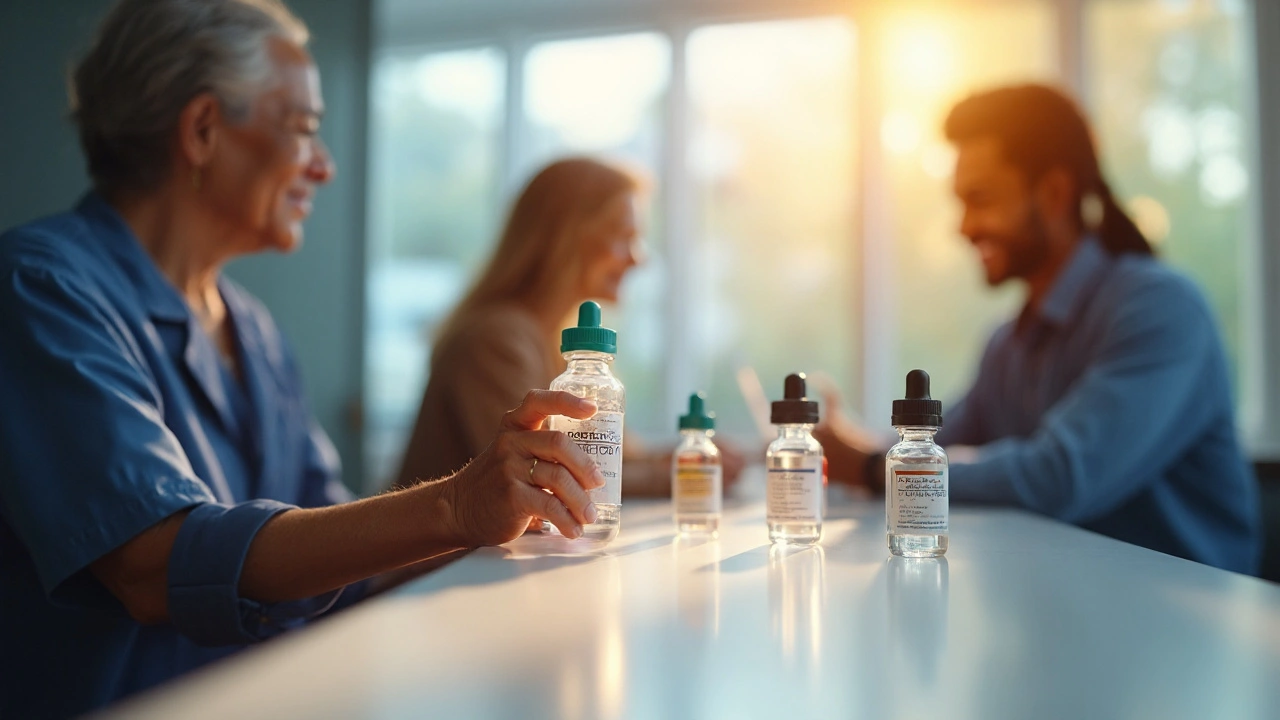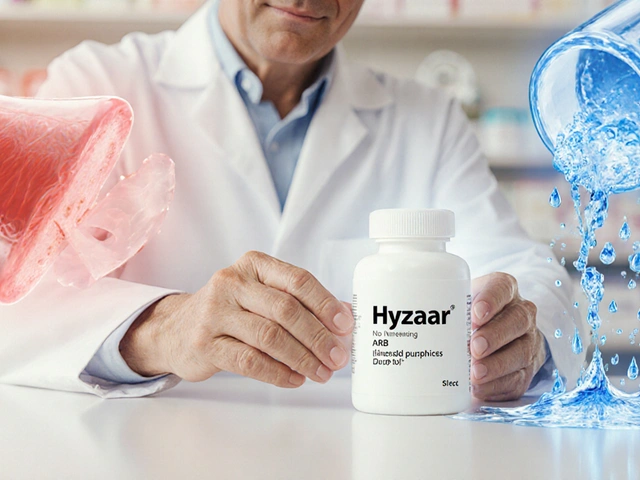Intraocular Pressure Risk: Simple Facts and Actionable Tips
When we talk about eye health, intraocular pressure (IOP) often pops up. It’s the fluid pressure inside your eye, and if it climbs too high, you’re looking at a higher chance of glaucoma. The good news? You don’t need a medical degree to understand the basics or to take steps that protect your vision.
Why High IOP Matters
Think of your eye as a balloon filled with fluid. If the pressure stays normal, the balloon keeps its shape and the optic nerve works fine. When pressure spikes, the nerve can get squeezed, leading to vision loss over time. Studies show people with consistently elevated IOP are far more likely to develop glaucoma, the silent thief of sight.
Risk isn’t just about numbers. Age, family history, and certain medications (like steroids) can push your pressure up. Even if you feel fine, a routine eye exam can catch a problem before it becomes permanent.
Practical Ways to Keep IOP in Check
First, schedule a comprehensive eye exam at least once a year. Your optometrist will use a tonometer to measure pressure and can spot early signs of trouble.
Second, watch your meds. Steroid eye drops for allergies or inflammation can raise IOP. If you need steroids, ask your doctor about low‑risk alternatives or a plan to monitor pressure.
Third, adopt a healthy lifestyle. Regular exercise improves blood flow to the eye, and a diet rich in leafy greens and omega‑3s supports overall eye health. Limit caffeine and avoid smoking, both of which can temporarily bump up pressure.
If you’re already flagged for high IOP, medication may be part of the solution. Drugs like brinzolamide, a carbonic anhydrase inhibitor, help lower pressure by reducing fluid production. Your eye doctor will choose the right eye drops based on your specific numbers and any other health issues.
Finally, consider the “big picture” – manage systemic conditions like diabetes and high blood pressure. They can influence eye pressure indirectly, and keeping them under control adds another layer of protection.
Bottom line: Intraocular pressure risk is something you can watch, measure, and manage. Regular eye checks, smart medication choices, and simple lifestyle tweaks go a long way in keeping your vision sharp for years to come.
Pred Forte (Prednisolone) vs. Alternative Eye Drops - What’s Best for Ocular Inflammation?

A practical comparison of Pred Forte (prednisolone) with other steroid and non‑steroid eye drops, covering potency, dosing, side‑effects and safety tips.
read more



